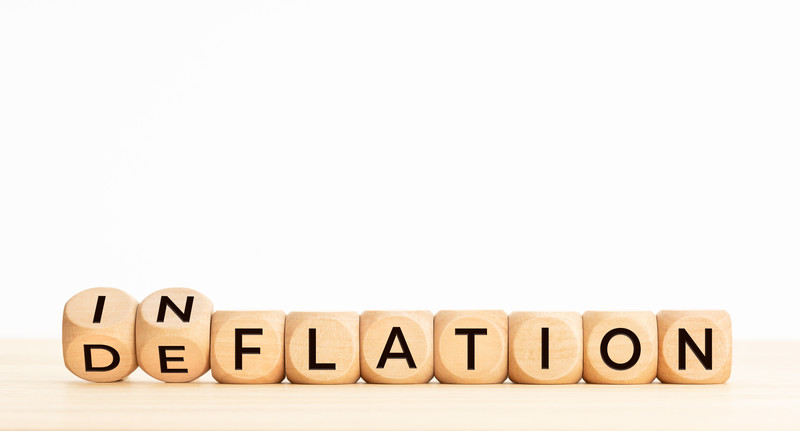Inflation has ballooned into one of the most talked about topics—everywhere you go, you’ll hear grumblings about higher prices for everything from gas to groceries to housing. But a pause on interest rate increases announced by the Bank of Canada (BoC) could mean a new ‘flation is on the scene—disinflation.
Disinflation is the decline of the rate of increase of inflation (get all that?)—prices continue to increase but at a slower pace.
- Inflation hit its peak in June last year, reaching 8.1%, but has since decreased to 6.3% in December due to the BoC interest rate hikes and monetary tightening.
This could be a good thing—it signals that those rate raises are having the desired effect of driving inflation down (though it’s still far from the central bank’s 2% target.)
- After January’s increase, BoC Governor Tiff Macklem said there would be a conditional pause on interest rate increases, as the bank waits to see the effects of elevated borrowing costs on the “overheated economy.”
What central banks don’t want is deflation, a drop in prices for goods and services across the board.
- While lower prices sound great, deflation is very bad for an economy. It can stop economic growth in its tracks as consumers delay buying stuff now that they anticipate will be cheaper later.
Bottom line: Prices will always go up over time, but a central bank’s task is to keep those increases manageable for consumers while promoting healthy economic growth.
